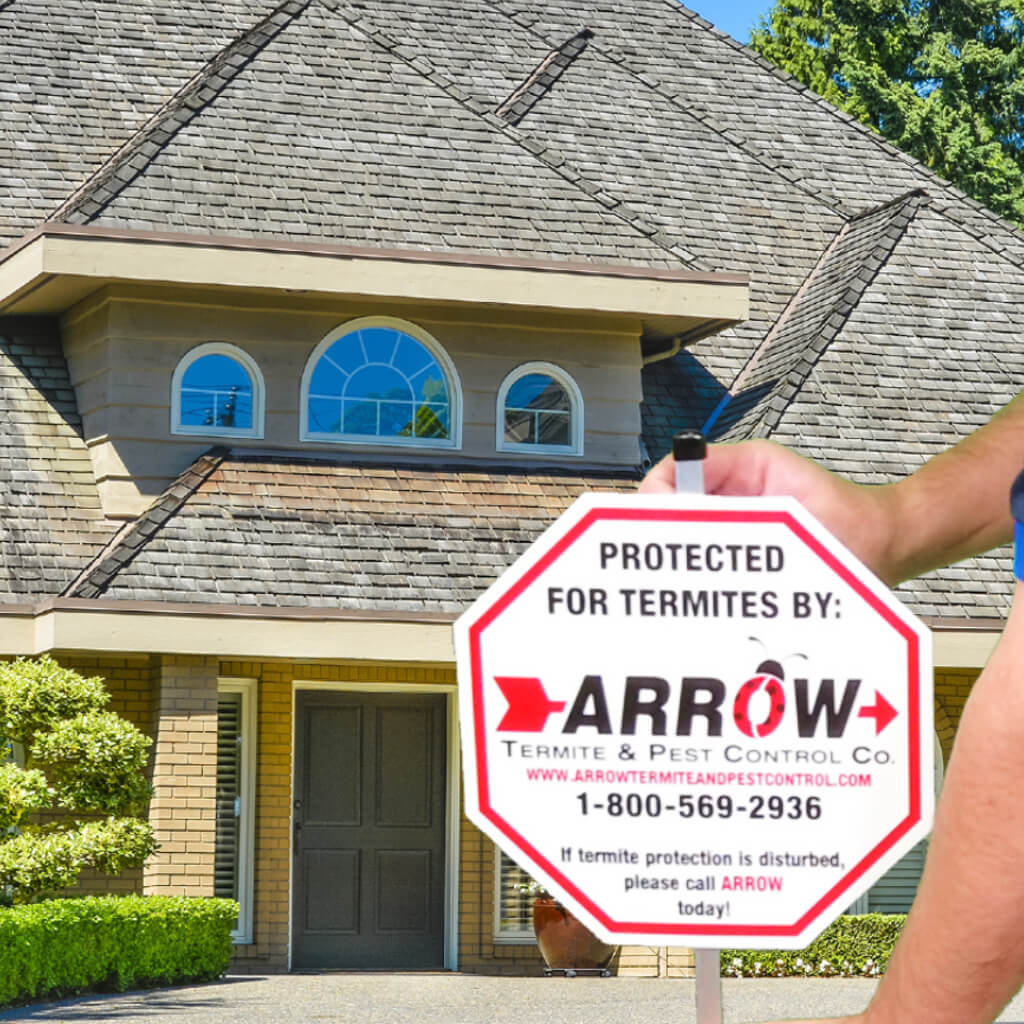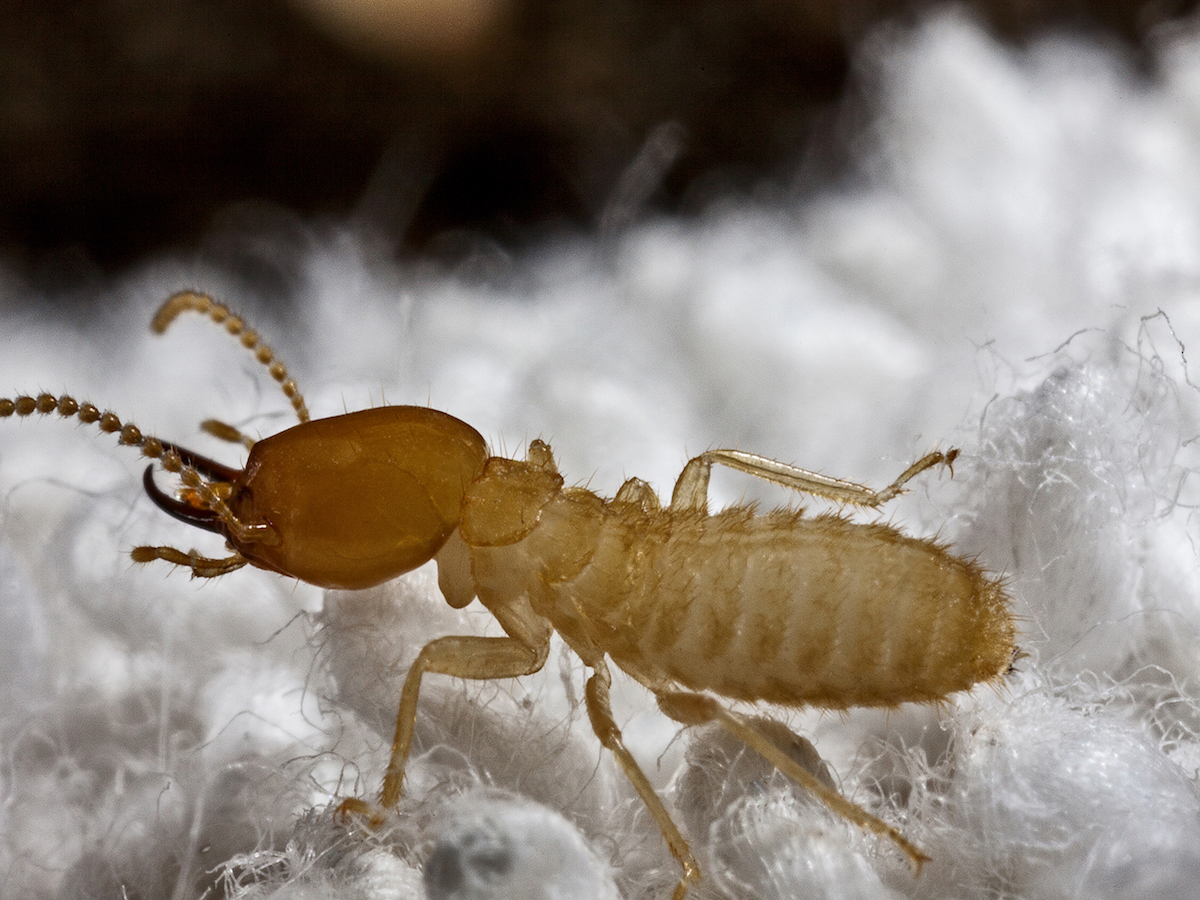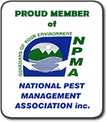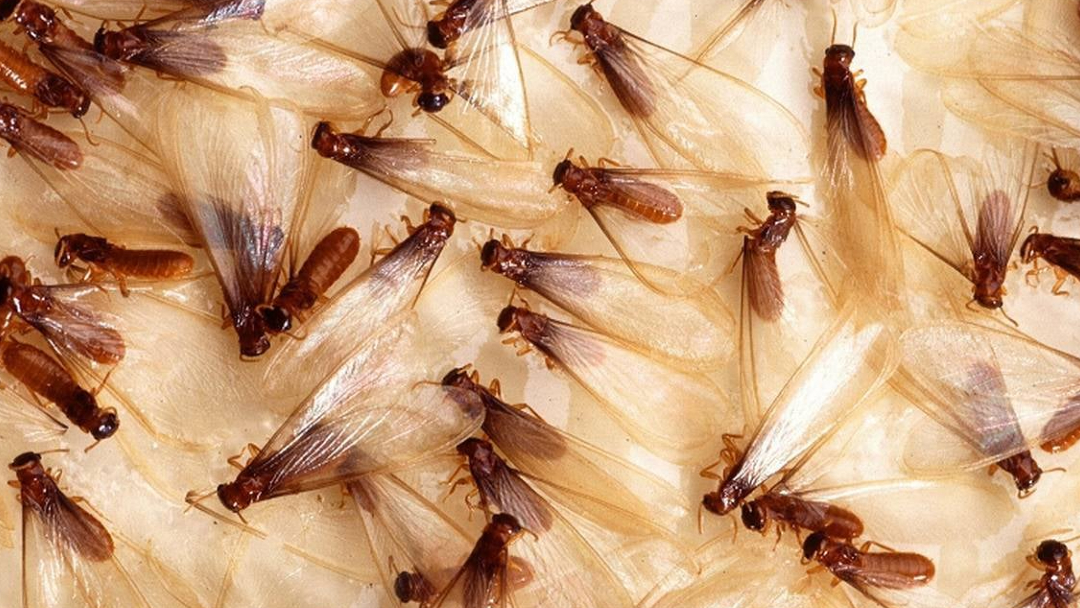Why Are Native Subterranean Termites Swarming around Baton Rouge?

- Warmer temperatures
- Increase in rain downpours
- Overcast skies
- Winds under 5 mph
- Dampand wet soil
- Increased humidity
Most Destructive Termite in Baton Rouge
Of all the subterranean termite species in the U.S., the Formosan subterranean termite has the potential to be the most destructive because it can generate much larger colonies than most other species. Their huge underground colonies can number into the millions, typically invading structures from the ground up. In a single day, a Formosan termite queen can produce more than 1,000 eggs, rapidly growing a colony. In addition to structures, they’ve also been known to infest trees, utility poles and even boats. Aside from wood, they can chew through telephone coverings and electric cable insulation, causing costly damage and power outages. This species is mostly found in southeastern U.S. states including Alabama, Florida and Louisiana, but is also established in Hawaii and California.


Local & Family Owned Since 1958

Board Certified Entomologist

Free Inspections & Estimates

Professional & Friendly Team

Fully Trained, Licensed Staff

Affordable & Competitive Pricing




